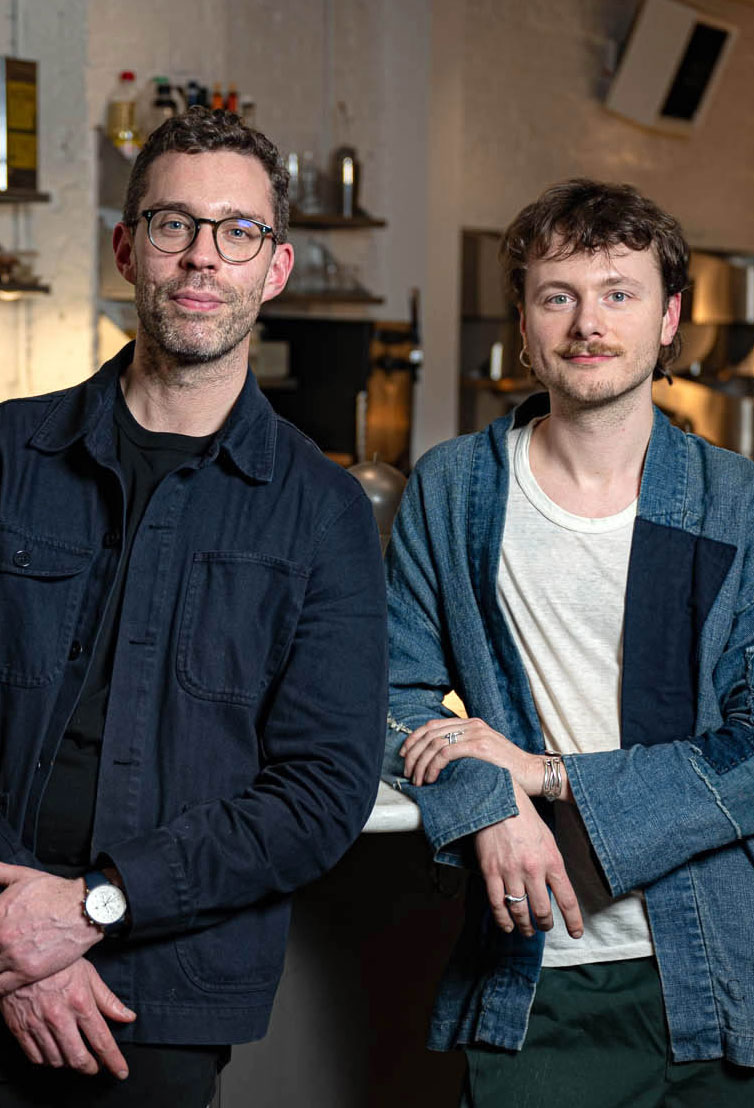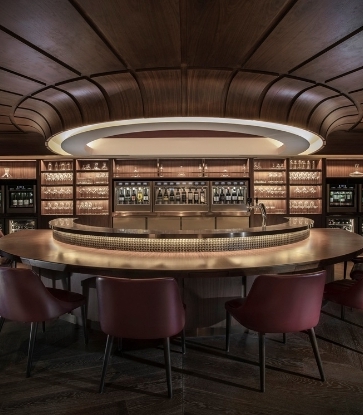
What does a day in the life of a Wine Advocate reviewer look like?
What I love best about working as a reviewer is that every day is different. Some days I spend at my computer, writing articles and tasting notes. Sometimes I taste wines at the Napa office; other days I spend visiting wineries and vineyards and speaking with winemakers. On a given day, I might taste one flight of wines or 10 flights of wines.

What's a common misconception about Oregon wines?
Oregon is not Burgundy. I’d like to see writers and sommeliers stop relying on this comparison. Oregon and Burgundy share the same two grape varieties and the same general latitude — beyond that, they’re completely different.
What do we need to know about Oregon wines?
Savvy consumers will be cognisant of the potential for great chardonnay in Oregon. I was stunned by the quality of the chardonnays crafted by producers like Bethel Heights, Goodfellow, Walter Scott and others. It should also come as no surprise that Oregon is an exciting frontier for sparkling wines produced in the traditional method from pinot noir and chardonnay grapes.

The best examples of pinot noir and chardonnay from Oregon have the ability to express many different layers in the same glass: fruit, earth, spice and minerality. Most wines can easily be classified as either earthy or fruity. Oregon wines strike a beautiful balance between both. Some of my favourite producers include Eyrie, Goodfellow, Walter Scott, Bethel Heights, Sequitur and Minimus.

Grape growers and winemakers in Oregon are beginning to discover their own terroir in more depth, which is beautiful to see. There’s plenty of clonal experimentation going on and a concerted effort to find the most appropriate sites for a given grape or clone, an effort that’s especially apparent with chardonnay.



















